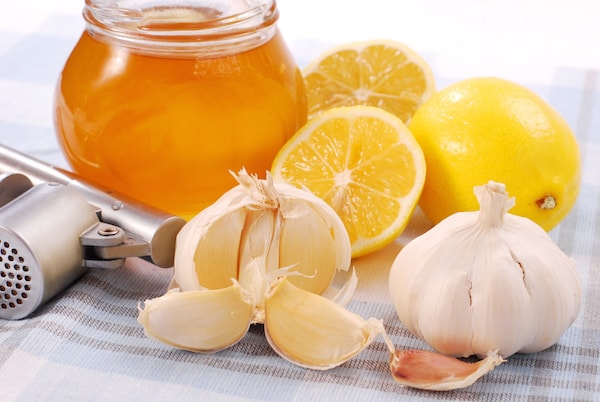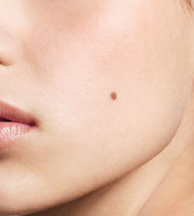Moles occur on the body when the cells grow in a cluster rather than being spread throughout the skin of a person. They can develop anywhere on the body in a cluster fashion. In general, most people have anywhere from 10-40 moles on their body. While a good number of the moles are harmless, there are times that they can develop into cancerous moles. Medical insurance will likely cover the cost of removing a cancerous mole from the body but medical insurance does not cover the cost of removing moles that are considered to be benign or harmless. Instead of paying a doctor for the removal of a benign mole, many patients turn to home remedies to remove moles on various areas of the body.
Here are some of the most popular home remedies that patients perform for mole removal instead of visiting the office of a doctor.
Popular Home Remedies for Mole Removal
- Garlic – It is believed that applying garlic to a mole will make the mold become smaller or even disappear entirely. The reason this is a popular home remedy is because the garlic might dissolve the cluster of cells that can cause the mole even though the garlic can cause burns to the skin.
- Lemon Juice – The placing of lemon juice on the mole several times each day will work to bleach the appearance of the mole and make it less obvious to others.
- Castor Oil Mixed with Baking Soda – The mixture of castor oil and baking soda can create an ointment that causes mole removal if they are applied together on the mole for multiple weeks. Patients use this home remedy because it is believed that the baking soda dries out, and eliminates, the mole while the castor oil works to protect the skin.
- Flaxseed Oil – There have been some studies that show flaxseed oil is filled with properties that heal cuts as well as other lacerations on the body. Patients use flaxseed oil to eliminate blemishes and other dark spots on the body and this includes moles located on the skin.
- Potatoes – This is a rather popular method for dealing with moles on the skin. The potatoes are believed to have a natural bleaching effect on the mole which causes it to fade away over a period of time.
- Frankincense Oil – It has been reported that frankincense oil contains properties that dry the skin by absorbing oil. Some people believe the daily application of frankincense oil will cause mole removal as the mole eventually becomes dry and then scabs before falling off.
- Bananas – The tasty food known as bananas contains a number of acids and enzymes. There are some people that believe the rubbing of banana peels on the skin can help remove a mole.
- Coconut Oil – Some people believe that coconut oil can perform mole removal even though no studies have proven this fact. However, it is still a popular home remedy since coconut oil has been shown to moisturize the skin and possibly help with other issues on the skin.
- Honey – It has been said that honey contains anti-inflammatory properties as well as antioxidants so many people try to perform mole removal by applying honey to the moles. They believe that the moles will start to fade after a few days.
- Hydrogen Peroxide – The use of hydrogen peroxide is considered a very effective home remedy as it contains properties that work to remove moles once it is applied to the skin three or four times per day. Patients should check with a medical professional to determine the type of hydrogen peroxide that is best for their skin.

Use Caution before Performing a Home Remedy for Mole Removal
Before performing a home remedy for mole removal, patients should schedule a consultation appointment with a board-certified doctor. It is important to get a suspicious mole examined by a doctor since a home remedy cannot effectively treat a mole that is determined to be cancerous. If the doctor determines that the mole is cancerous, the doctor will discuss options for removing the mole.
In addition, caution should be a priority when using mole removal creams that can be bought at a pharmacy. Many creams that can be bought over the counter can remove some of the skin around the mole which can leave a pocket in the skin or a scar that might not heal properly.
People should also be aware of any signs of skin cancer such as a mole with an irregular shape or border, a mole that quickly changes shape or size or a mole that changes colors. If any of these signs are apparent with the mole on the body of a patient, a doctor needs to examine the mole before the patient tries any kind of home remedy for mole removal. Home remedies for removing moles are not a substitute for being examined by a doctor.
While home remedies cost less than visiting a doctor to remove an unwanted mole, they might not work or they can cause side effects. While the methods listed above are popular home remedy options, they are not proven methods of mole removal so patients need to be aware that they might not achieve the results they desire using the above mole removal methods.
MA


